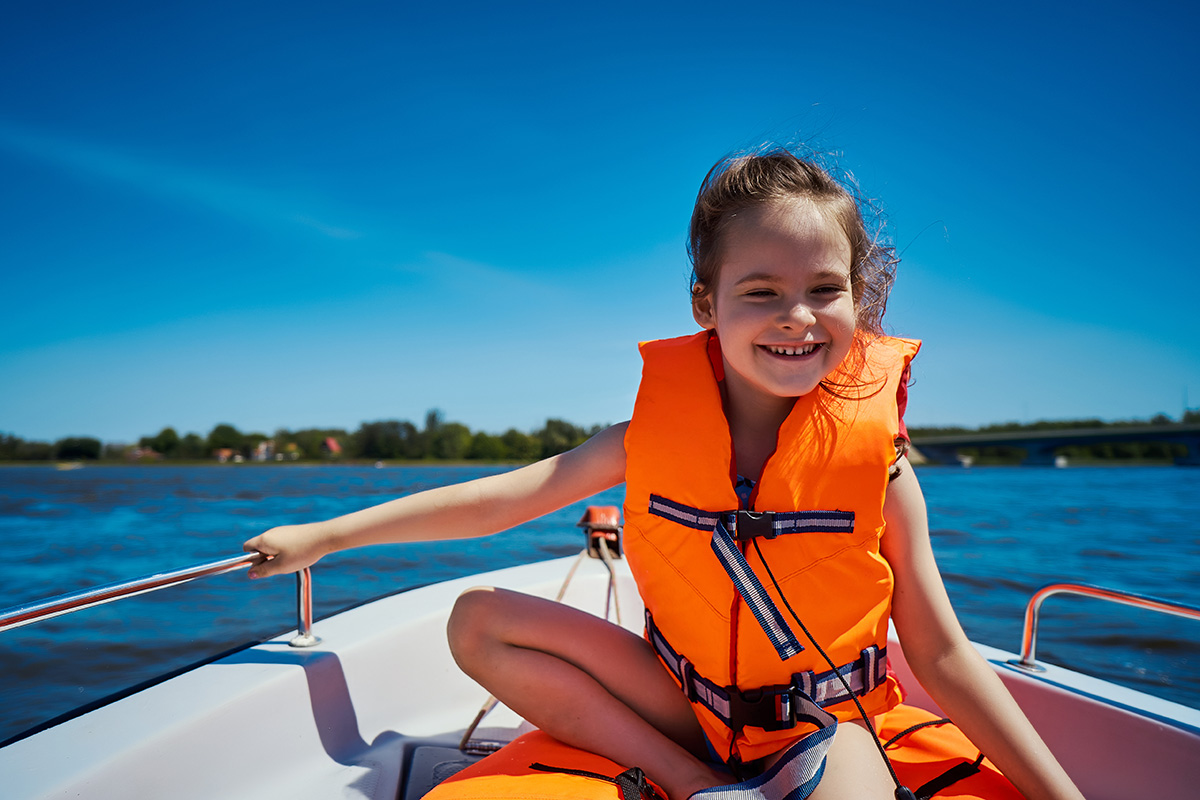Summer in the Pacific Northwest is in full throttle, and that means longer days, warmer temps, and endless opportunities to get out on the water. Whether you’re boating, kayaking, canoeing, or paddleboarding, now is the perfect time to soak up the sun and explore our beautiful lakes, rivers, and coastal waters.
But with more people on the water, it’s also the peak season for water-related injuries. Each year, urgent care clinics see a steady rise in cuts, sprains, sunburns, dehydration, and more that can quickly put a damper on summer fun.
The good news is that most of these injuries and illnesses can be avoided with a little preparation, the right gear, and some basic safety know-how.
What can I do to stay safe on the water?
Whether you’re planning on a relaxing paddle on the bay or charting a course for an all-day boating trip, be sure to follow these water safety tips to ensure your summer adventures are injury-free:
- Wear the right gear. Water safety starts with the right equipment:
- Life jackets: Always wear a U.S. Coast Guard-approved life jacket no matter your swimming ability. Choose one that fits properly and is designed specifically for your activity.
- Leashes: Most stand-up paddleboards (SUPs) come equipped with a leash to keep you connected to your board if you fall off. This is a key safety tool on calm waters like lakes and bays. Always use a quick-release leash worn around the waist or attached to a life jacket so you can easily disconnect in an emergency.
- Protective gear: When your adventures take you into rocky or whitewater environments, it’s a good idea to always wear a helmet. Water shoes protect your feet cuts caused from sharp rocks or debris.
- Keep your cool and cover up. Sun and heat can be just as risky as the water:
- Hydrate often. Dehydration can sneak up on you – even on overcast days.
- Apply sunscreen with SPF 30 or higher and reapply every two hours, especially if you’re in or out of the water.
- Wear protective clothing like a rash guard, hat, and UV-blocking sunglasses with a strap.
- Paddle with a plan. Before you head out, take a few simple steps to keep yourself safe:
- Tell someone where you’re going, when you plan to be back, and what kind of watercraft you’ll be using.
- Check the weather and water conditions including wind, currents, tides, and temperatures. Postpone your outing if wind, storms, or poor visibility are in the forecast.
- Pack the essentials, including a whistle, waterproof phone case, first aid kit (for boating), and signaling devices like flares.
- Take activity-specific precautions: For example, if you’re kayaking or canoeing, learn how to enter and exit safely and avoid standing or making sudden shifts in weight. When paddleboarding, stay near shore if you’re a beginner and always use a leash appropriate for your environment.
- Skip the alcohol until you’re safely back on shore. Drinking impairs judgement and balance – two things you need to stay safe on the water.
- Learn to swim. It seems simple, but strong swimming skills save lives. Even experienced swimmers can get overwhelmed in cold or rough water. Consider a swim class or refresher – especially for kids or new paddlers.
- Get schooled on water safety. Beyond swimming skills, knowing how to respond in an emergency can make all the difference. Many local organizations, like the American Red Cross or community parks departments, offer classes in water safety, CPR, and small watercraft handling.
What injuries are associated with boating and paddling?
Even when you take precautions, accidents can happen. Here are a few of the most common water-related injuries:
- Sunburn and heat exhaustion
- Dehydration
- Sprains and strains from falling or lifting gear
- Cuts and scrapes from rocks, docks or boat edges
- Head injuries from falling or capsizing, especially in rough water
- Mild hypothermia (even in warmer months) from extended exposure to cold water
- Blisters from improper footwear or prolonged paddling sessions
Indigo has you covered this summer
All of us at Indigo Urgent Care wish you nothing but smooth sailing this summer. But if your water adventures take an unexpected turn, we’re here to help. Our friendly clinicians treat most minor illnesses and injuries, including sprains, strains, minor fractures, cuts that need stitches, sunburn, and signs of dehydration.
Best of all, Indigo offers fast, convenient care close to home – or wherever your summer takes you. Walk in to one of our neighborhood clinics, book a same-day or next-day appointment online, or schedule a face-to-face Virtual Care visit with one of our clinicians.
In person and virtually, we’re here for you from 8 am to 8 pm every day, including weekends and holidays.


